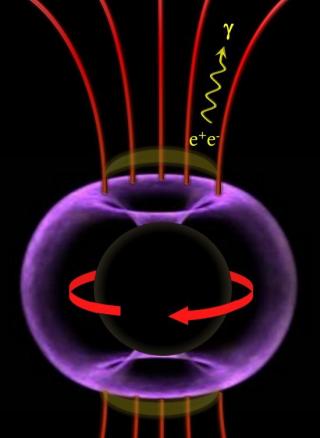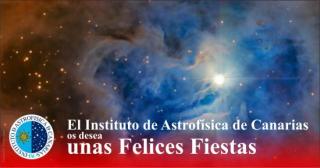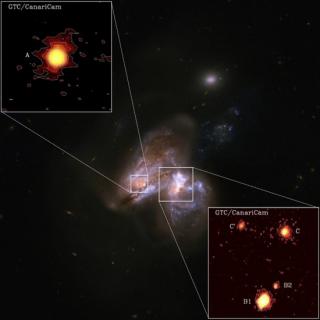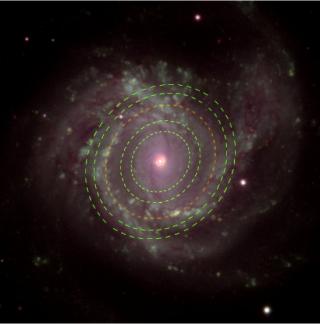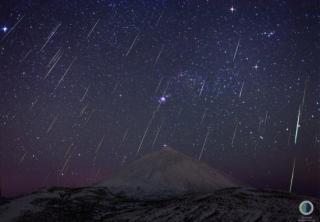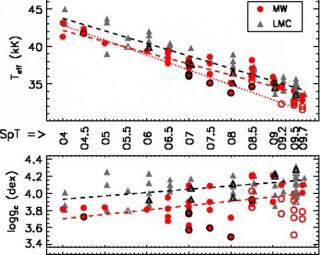
We are now in an era of large spectroscopic surveys of OB-type stars. Quantitative spectroscopic analysis of these modern datasets is enabling us to review the physical properties of blue massive stars with robust samples, not only revisiting mean properties and general trends, but also incorporating information about the effects of second-order parameters. We investigate the spectral type -- effective temperature (SpT - Teff) calibration for O-type dwarfs, and its claimed dependence on metallicity, using statistically-meaningful samples of stars extracted from the IACOB and VFTS surveys. We
Advertised on
